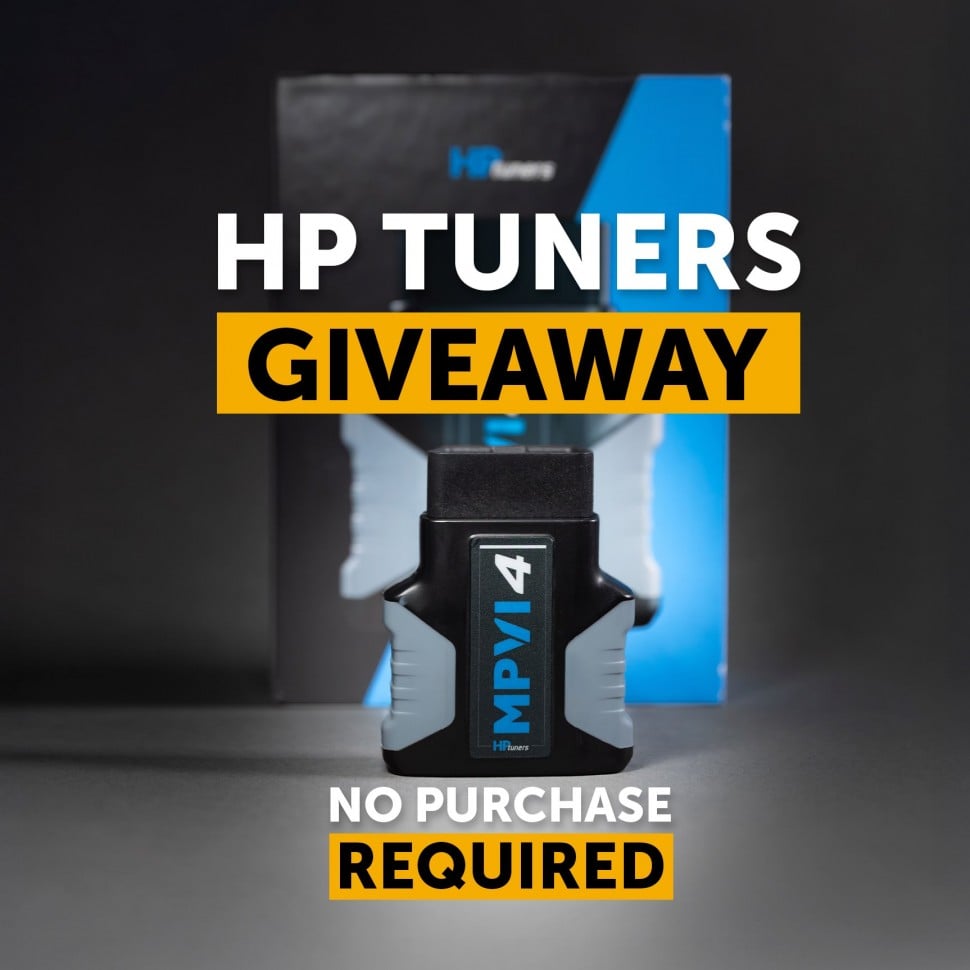| 00:00 |
- In this worked example, we'll be applying the HPA 10 step process to the design and construction of a professional motorsport wiring harness for a Toyota FJ40 offroad truck.
|
| 00:11 |
This might seem like a strange application for a professional motorsport wiring harness, however these vehicles are now becoming highly desirable and rare, hence the quality of the modifications being made to the vehicle, justify this approach to the electronics and wiring.
|
| 00:27 |
As usual however, it's the techniques and principles that we want you to focus on, rather than the specifics of the vehicle that we're building the harness for.
|
| 00:36 |
Regardless whether you're personally building a similar offroad truck or something for a road race application, what you'll see demonstrated is 100% applicable.
|
| 00:46 |
One of the features of a professional motorsport wiring harness that makes it very applicable for offroad racing is the the harness is of course completely sealed which makes it impervious to water, mud and dirt ingress.
|
| 00:59 |
Understandably that's the natural environment offroad racing occurs in so the ability to prevent anything getting into the harness is a significant advantage.
|
| 01:09 |
As an additional bonus, this prevents damage to the harness during pressure washing which is the general method used for cleaning down trucks after an event.
|
| 01:18 |
Before we dive into the first step of the process, I'll just take a moment here to outline the basics of the project relevant to this worked example as well as the electronics package and what we'll be covering within this worked example.
|
| 01:31 |
The truck was originally powered by a Toyota 3B diesel engine and we've chosen to modernise the truck and improve power, torque and drivability by fitting a Toyota 3UZ-FE 4.3 litre V8.
|
| 01:44 |
This engine should produce around 350 horsepower and with the variable valve timing fitted it should also offer a wide torque curve that's perfect for our application.
|
| 01:54 |
This engine also incorporates drive by wire throttle, necessitating the installation of a suitable electronic accelerator pedal.
|
| 02:01 |
In this case sourced from a VZ Holden Commodore.
|
| 02:04 |
In terms of electronics, there is a bit to take in here.
|
| 02:08 |
We're using a MoTeC M170 ECU to control the engine which is a version of the M1 platform that incorporates an autosport connector rather than the superseal connector variant that's also available.
|
| 02:21 |
We're also using a pair of MoTeC PDM32s to control power delivery to the ECU, the engine and all of the other auxiliary devices fitted to the vehicle.
|
| 02:31 |
There will also be a MoTeC C127 colour dash logger for a driver display as well as a Grayhill 12 key CAN keypad for controlling many of the vehicle's functions.
|
| 02:42 |
Beyond this we also have a MoTeC dual lambda to CAN module for monitoring air/fuel ratio in each bank of cylinders and a CAN switchpad to convert all of the conventional dash mounted switches and the ignition barrel functions into the CAN messages to simplify our wiring.
|
| 02:58 |
As you can probably tell, there is a lot going on in this application and in order to keep this worked example manageable, we'll be focusing solely on the design and construction of the engine harness.
|
| 03:10 |
If you are interested in the PDM installation and configuration, then this will be added as a worked example to our PDM course.
|
| 03:17 |
Now that we have a basic understanding of the project and what we'll cover, let's get started with the first step.
|





